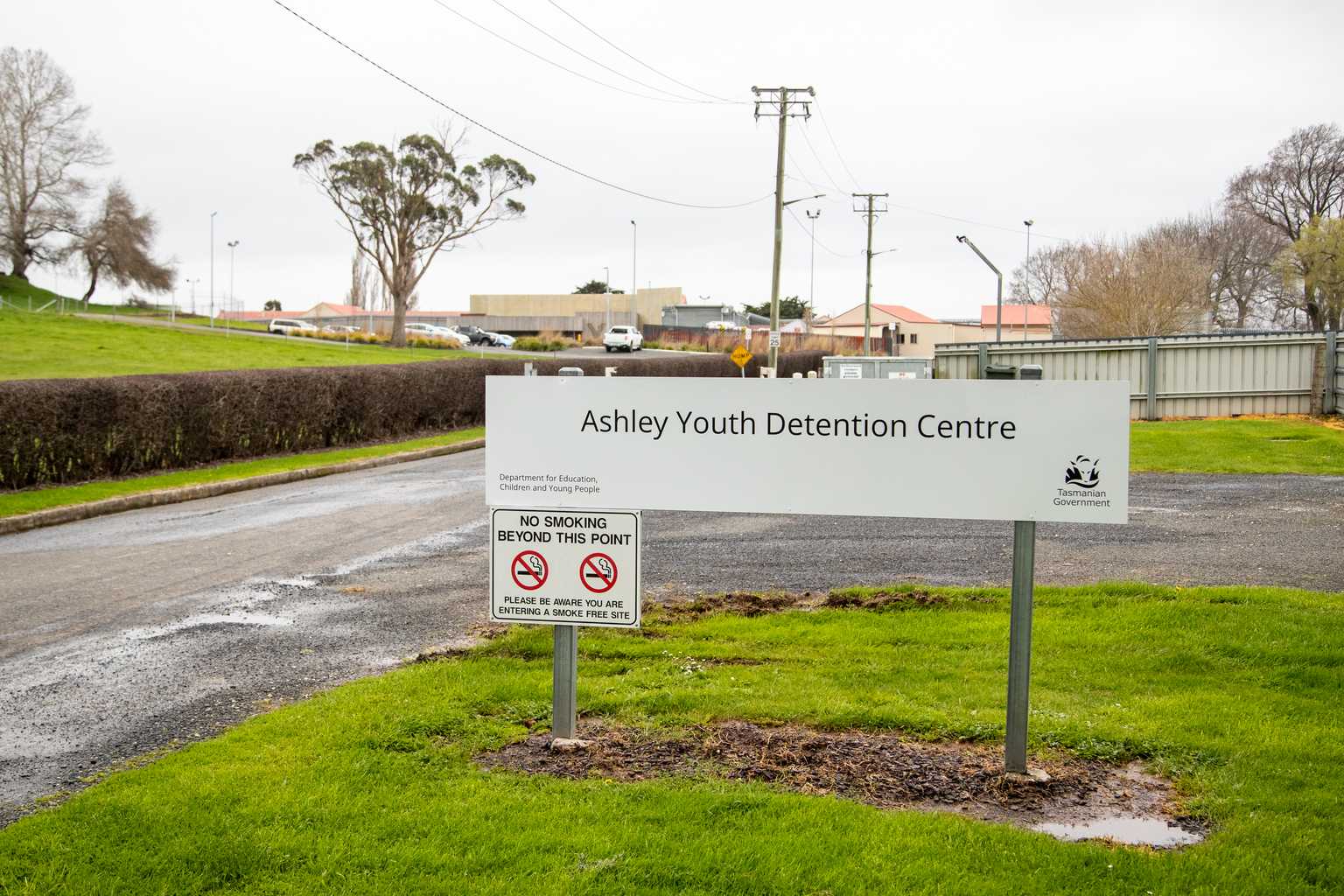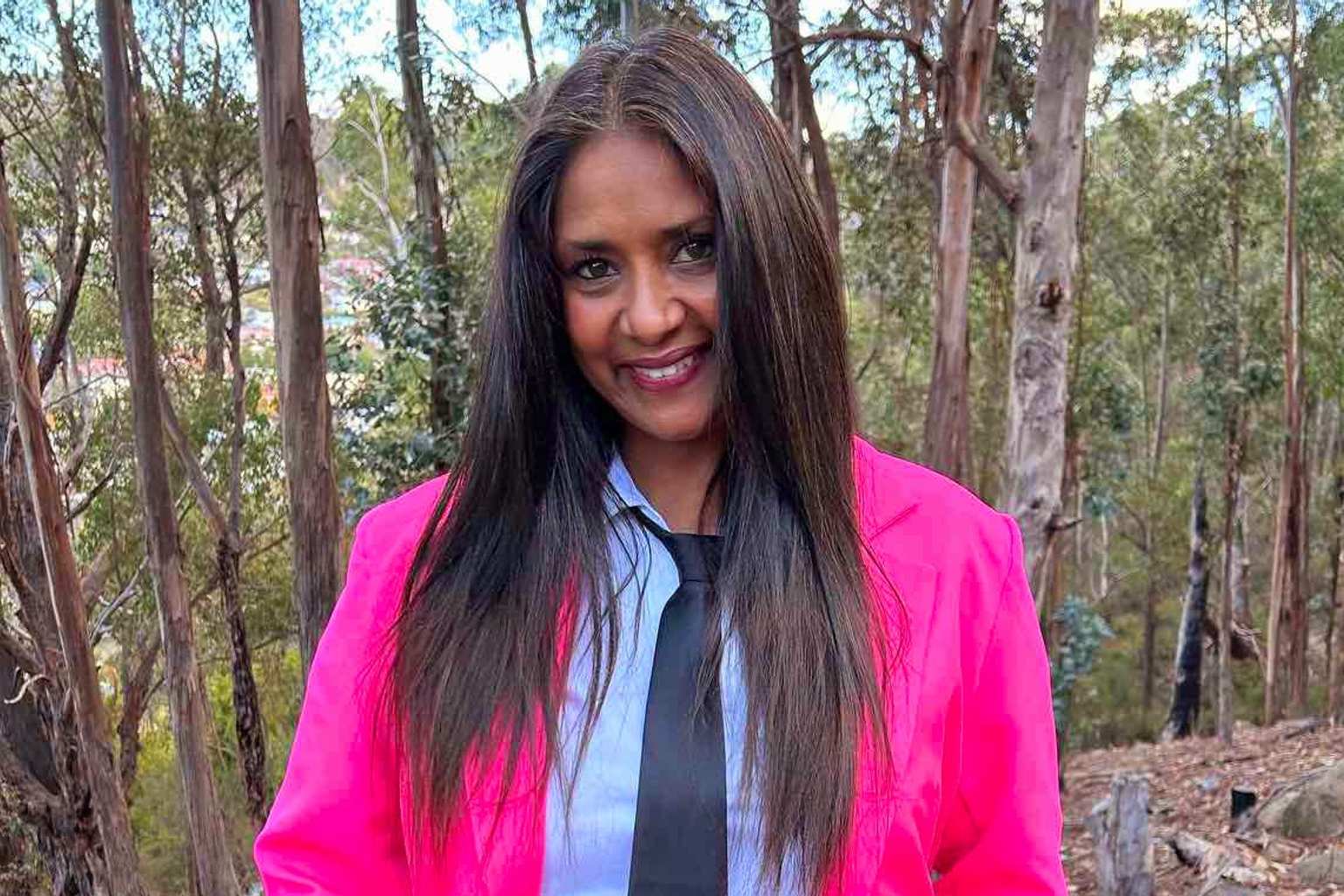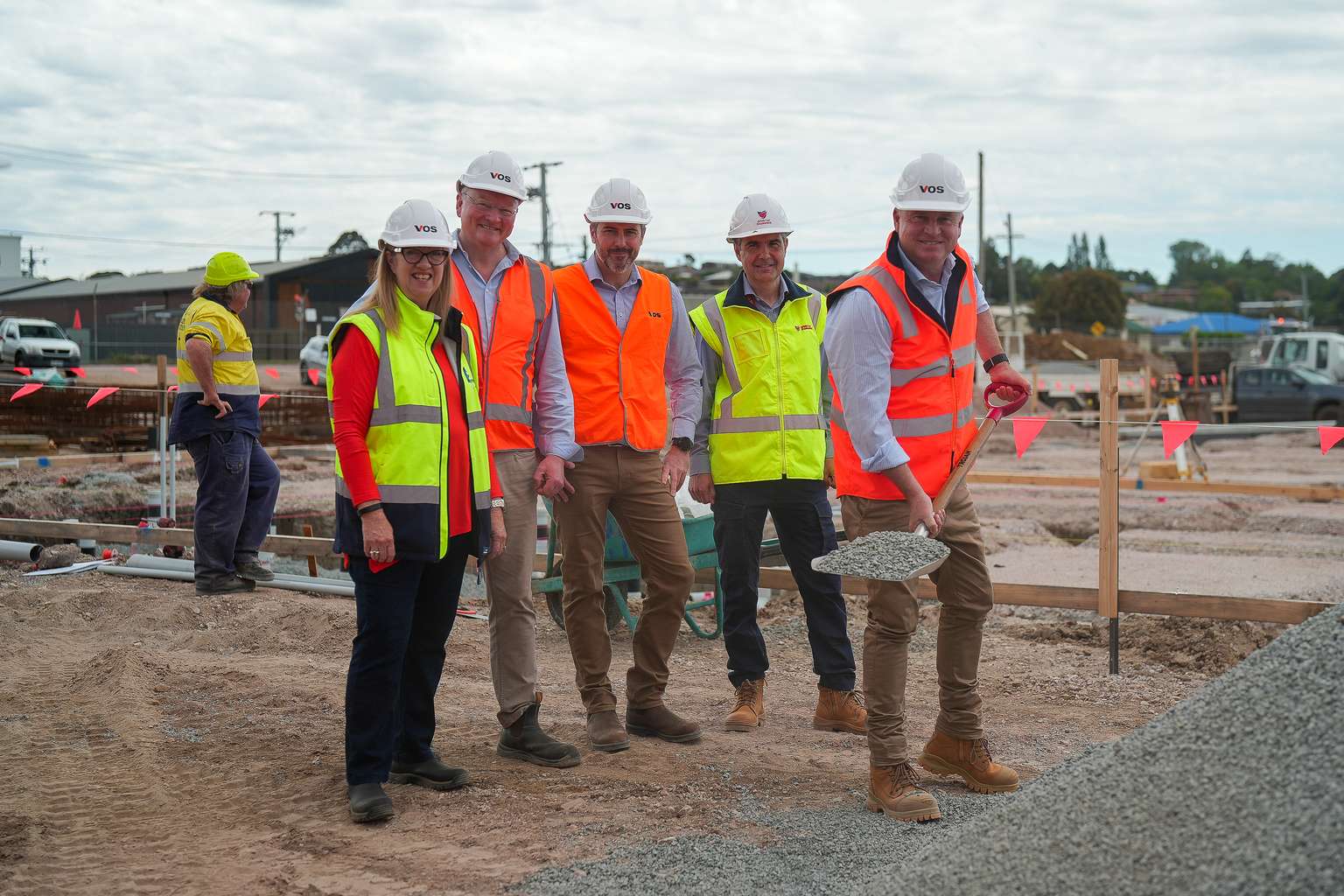Scientists attempting to bring back the Tasmanian Tiger have achieved a breakthrough, leading researchers to believe the species could return to the wilderness in as little as eight years.
The US-backed collaboration between biotech firm Colossal Biosciences and the University of Melbourne this week say they have successfully mapped the complete DNA of the thylacine.
The breakthrough advances the plans to resurrect the iconic marsupial that disappeared in 1936.
Lead scientist Professor Andrew Pask said the project has reached significant milestones in the de-extinction process.

“We’ve been able to sequence the entire thylacine, or Tasmanian tiger genome now, absolutely every single bit of code from one end to the other,” Pask told Nine.
“We’ve been able to make the first really key stem cells that we can do this whole genetic engineering process that we need to recreate the thylacine.”

The scientific team aims to alter the DNA of the dunnart, a marsupial mouse considered the thylacine’s closest living relative, to bring back the striped predator.
The project has brought together 60 Australian scientists working with Colossal Biosciences, developing technologies with immediate conservation applications for existing marsupial species.
Researchers are also considering practical challenges of reintroducing the species.
“Really thinking about where we would put the animals, how we would monitor the animals, what impact they might have on the ecosystem and how we might monitor that,” Pask said.

Industry leaders from the Tasmanian Thylacine Advisory Committee recently toured the research laboratories to help plan for the animal’s potential reintroduction.
Committee chair and Derwent Valley Mayor Michelle Dracoulis described the emotional impact of the project for Tasmanians.

“The thylacine is not just an animal where I come from, it’s part of the identity of the people that live there,” Dracoulis told Nine in Melbourne.
“You still see the imprint of it everywhere. It’s still used broadly in marketing and media… It’s actually quite emotional thinking that we’re that close.”
She says the de-ectintion project has made the species “real” for many Tasmanians.
“It’s solidified it in their minds. It’s not a concept, it’s not an idea, it’s real work that people are really doing and they really will deliver.”
“It’s actually quite emotional thinking that we’re that close.”







